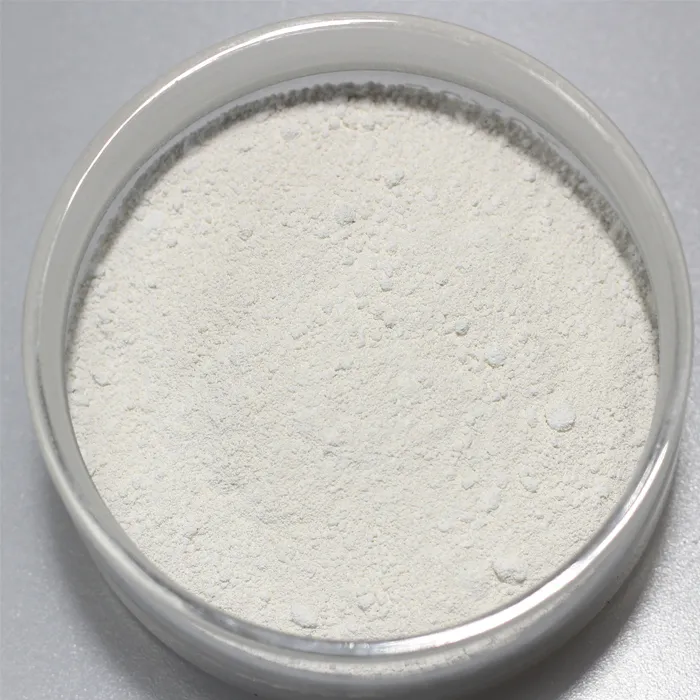Sulphamic Acid An Overview of Its Properties and Applications
Sulphamic acid, also known as sulfamic acid or amidosulfonic acid, is a colorless, crystalline compound with the chemical formula H₃NSO₃. It is a versatile substance that plays a significant role in various industrial processes due to its unique properties. This article aims to delve into the characteristics, manufacturing processes, and applications of sulphamic acid.
Properties of Sulphamic Acid
Sulphamic acid is a strong acid with excellent solubility in water. It forms an aqueous solution that is stable across a broad temperature range. The compound is odorless and has a slightly sweet taste in its solid form. Its pH level in solution can range from 1 to 2, making it a potent acid that is often compared to sulfuric acid in terms of strength, yet it is significantly less corrosive.
One notable feature of sulphamic acid is its ability to act as both an acid and a neutralizer, making it particularly useful in various chemical processes. The compound is non-volatile, which means it does not evaporate at normal temperatures, ensuring that it can be stored and transported without the risk of contamination or loss.
Manufacturing Process
Sulphamic acid can be produced through several methods, but the most common involves the reaction between sulfuric acid and urea. This method yields sulphamic acid along with ammonium sulfate as a byproduct. The process is typically carried out under controlled conditions to ensure the purity of the final product. The synthesis of sulphamic acid is both economically viable and environmentally friendly, making it an attractive option for industrial applications.
Once produced, sulphamic acid can be further processed into various derivatives, including ammonium sulfamate and different salt forms, broadening its usability across numerous sectors
.sulphamic

Applications of Sulphamic Acid
The versatility of sulphamic acid allows it to be employed in a wide array of applications. One of the most prominent uses is as a descaler in industrial cleaning processes, particularly in boilers and heat exchangers. Its strong acidic nature effectively removes mineral deposits, rust, and scale buildup, prolonging the equipment's operational lifespan.
Additionally, sulphamic acid serves as a precursor in the production of certain dyes and pigments. The compound's ability to form complexes with metal ions makes it valuable in the dyeing industry, enabling the creation of vibrant colors and high-quality products.
In the agricultural sector, sulphamic acid is used as a component in herbicides and pesticides, strengthening their efficacy against unwanted plant growth and pests. Its role as a nitrogen source in fertilizers further highlights its importance in promoting agricultural productivity.
Furthermore, sulphamic acid finds application in the food industry as a food additive, particularly as a stabilizer in formulations that require acidity regulation.
Conclusion
In summary, sulphamic acid is a multifaceted compound with essential roles across various industries. Its unique properties, combined with an environmentally friendly manufacturing process, solidify its status as a critical ingredient in numerous applications. As industries continue to seek innovative solutions and efficient processes, the demand for sulphamic acid is likely to grow, ensuring its relevance in future developments.

